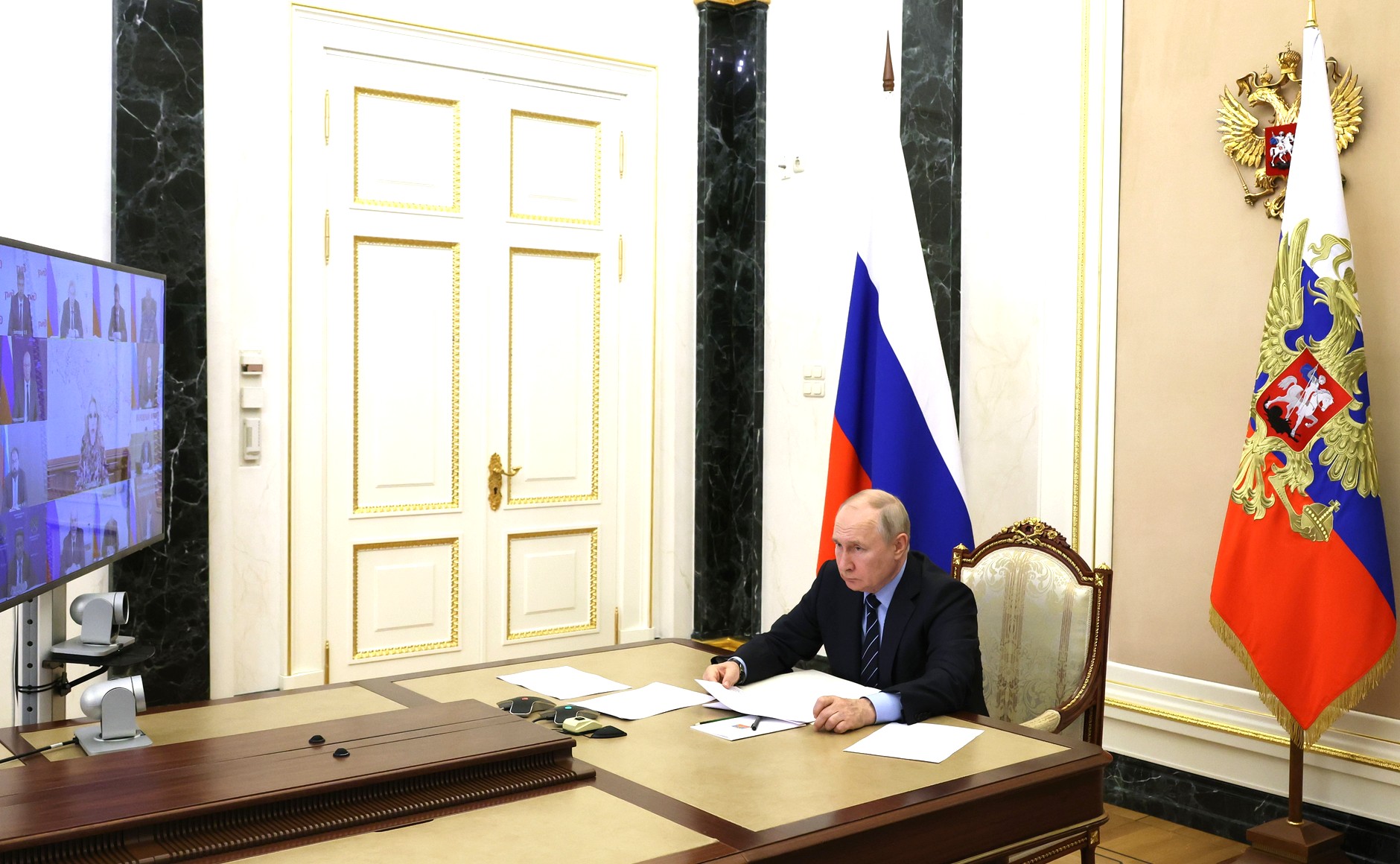
The Northern Sea Route accounts for transportation of only 1 percent of the Kamchatka products
Vessels of over 1,000 containers should be used on the Northern Sea Route to increase the volume of fish delivery and improve the regularity of shipments, Kamchatka Territory Governor Vladimir Solodov said at the meeting with Government members held by Russian President Vladimir Putin on 16 August 2023. The transcript of the meeting is published on the official website of the Kremlin.
“We can say that cargo shipment along the Northern Sea Route is currently competitive and sough-after, but its total share is only 1 percent of the Kamchatka products. In this regard I suggest that vessels with a bigger capacity – over 1,000 containers – should be used on the route. It would help to significantly increase the volume of fish delivery and improve the regularity of shipments. With your support, we are ready to work on this with Rosatom and the Ministry for the Development of the Russian Far East,” said Vladimir Solodov.
According to him, the tariff for fish transportation from Kamchatka to Moscow has increased by 40-45% as compared with that of 2022. Therefore, the region supports the proposal of Ilya Shestakov, head of the Federal Agency for Fishery, to consider if such prices are reasonable.
“Also, I believe it is necessary to continue the constant development of the system of alternate routes… Together with Rosatom and the Ministry for the Development of the Russian Far East, we have made the Northern Sea Route a mechanism to transport fish from Kamchatka over the past three years. This year, the light carrier Sevmorput yet again departed carrying Kamchatka fish; there will be two such voyages this year,” added the Governor.
When speaking at the meeting, Ilya Shestakov, head of the Federal Agency for Fishery said that every year, fish shipping costs from Russia’s Far East to other regions around the country go up during the catch season. According to him, several factors lead to higher costs, including port tariffs and the fact that railway operators introduce seasonal price hikes. Ilya Shestakov also said that the Agence had filed a request with Russia’s Federal Anti-Monopoly Service asking it to look into the price formation for transport services by rail and sea.



